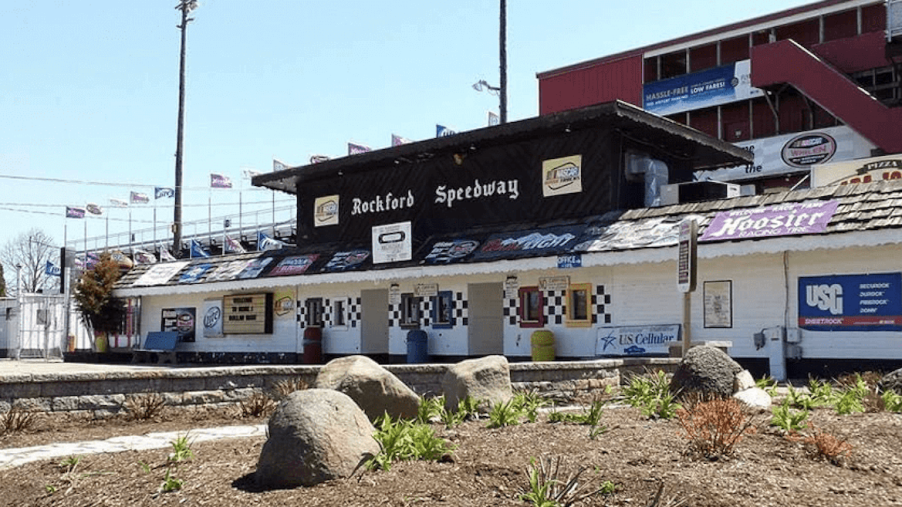
Another Iconic Racetrack Is Closing in Illinois
The end of this month will be the final race at Auto Club Speedway’s two-mile oval track. Though iconic, it doesn’t hold a candle to 76-year-old Rockford Speedway in Loves Park, Illinois. It, too, is closing. At the end of this year, racing will end. The historic quarter-mile banked oval will see its final race in October.
Why is Rockford closing, or do we already know?
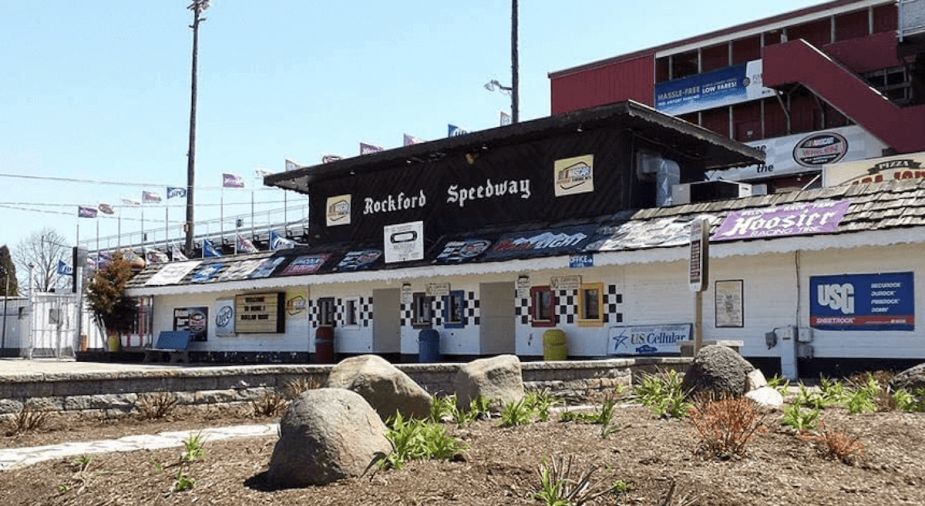
In the day, most of these ovals and drag strips lit up the night surrounded by nothing more than crops and dirt fields. But the onward rush of development is the threat that keeps chewing up more and more tracks. As residential or commercial sprawl increases unabated, America is losing too many hallowed halls of racing spectacles.
Located on 50 acres, Rockford Speedway is now in the middle of many big box retail stores. Keeping the lights on gets more expensive, and land values continue to rise. Landowners can only hold out so long before they cry “Uncle” and cave to huge dividends if you can call it caving.
What can racing fans and sanctioning bodies do?
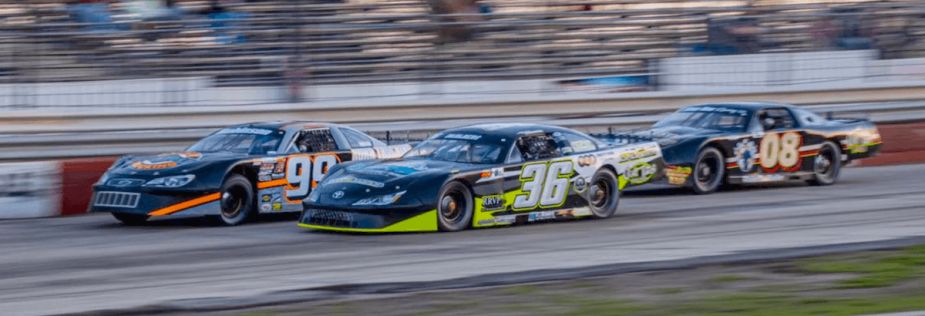
But it doesn’t make it any better for racing enthusiasts looking for excitement, spectacle, or a trip down memory lane, reminding them of good times along with family and friends from the past. And for some, it becomes a frequent pilgrimage. Soon, those enthusiasts will start missing the exciting routine of scheduled events. According to Speed Sport, there are 50 events on the schedule for 2023.
For where this might be going, one needs to look no further than Los Angeles. This year marks the LA Coliseum’s 100th anniversary. And this year also marks the second time that NASCAR has held a race there. A place where paved blacktop usually ends at the parking lot.
Why can’t NASCAR’s Clash at the Coliseum be the new racing norm?
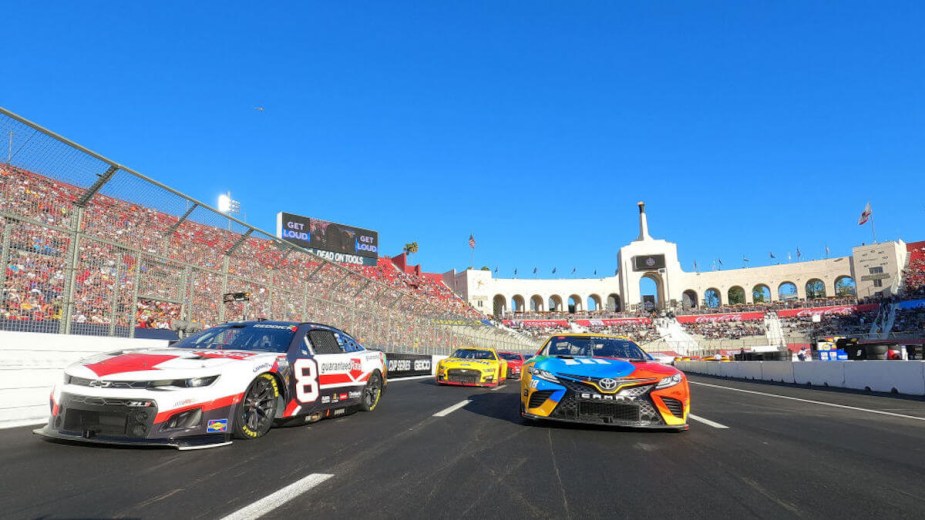
But the success of NASCAR’s Busch Lite Clash at the Coliseum takes a site used almost exclusively for football games, with its wall-to-wall grass and dirt, and transforms it. Starting in December, the Coliseum is converted into a bonafide race track, with all of the safety requirements of places like Daytona and Talladega. Racing begins the following month.
Once the race is over, it is put back to its forever function, with grass, goalposts, and good times ahead. As civilization continues to gobble up tracks for many forms of auto racing, this could be what the future of racing looks like. A baseball or football stadium becomes a one-day-only oval for sprint cars, Indy cars, or stock cars.
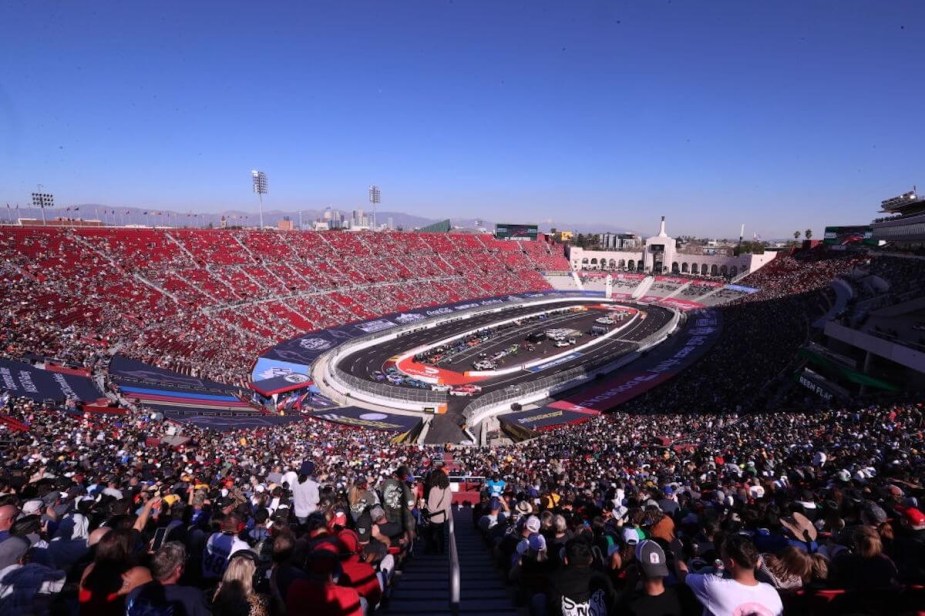
And that vacant assembly plant parking lot becomes a drag strip. After racing over, the stands, guardrails, and food stands are taken and head for the next race 800 miles away. It’s bringing the race to the people and doing it in a new and unique venue.
We can’t depend on track owners to turn a blind eye to incredible rewards from closing their facilities for a Home Depot and McDonald’s, or industrial center. All of us understand economics. But that’s no reason why racing needs to close up shop. Hey you savvy promoters, are you hearing what we’re suggesting?



